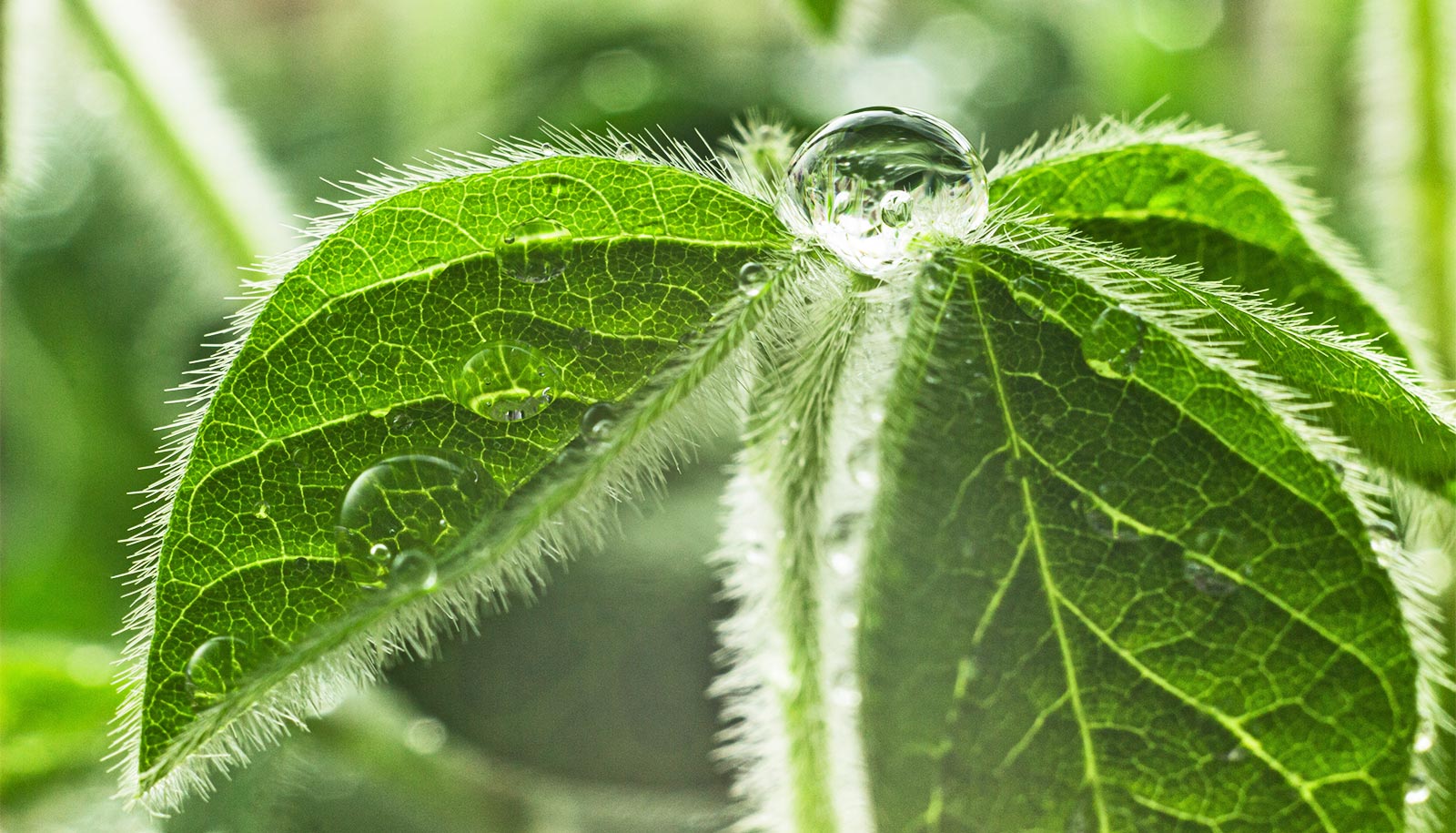Excess nitrogen from fertilizers can give an advantage to early-season plants in Midwestern prairies, leading to further changes in prairie ecosystems, new research suggests.
The study shows how excess nutrients from fertilizers that find their way onto prairies tend to alter the composition of those ecosystems, a development that has implications for management practices and wildlife habitat. The nutrients in the fertilizers can end up on nearby prairies when washed away by rain or carried by the wind when fields are plowed.
“When we add fertilizer, we’re changing the composition of the prairie community to species that produce flowers earlier in the season…”
Lead author Lori Biederman, adjunct assistant professor of ecology, evolution, and organismal biology at Iowa State University, says the project drew on data gathered from 11 prairies throughout the Midwest. The study looked at nitrogen, phosphorous, and potassium fertilizers and found that nitrogen added to tall-grass prairies gives an advantage to early-season flowering plants such as brome grass and violets.
The earlier-flowering plants then compete with plants that flower later in the year, such as asters and bluestems. The plants that flower in May and June, fertilized by the excess nutrients, take up more space, water, and sunlight than they would under normal conditions, Biederman says. That makes it more difficult for late-season plants to grow.
“When we add fertilizer, we’re changing the composition of the prairie community to species that produce flowers earlier in the season,” Biederman says. “Nitrogen was the driver of the changes we saw.”
The changes in prairie composition could cause shifts in animal habitat, particularly for pollinating insects that depend on flowering plants, she says.
In the study, researchers added various levels of fertilizer to numerous plots of prairie plants. The researchers then assessed the abundance of each plant species growing in each plot. The research drew on data from a global web of scientists who monitor and share ecological conditions.
Leaving ‘prairie strips’ on farmland pays off
Known as the Nutrient Network, the system has helped scientists at Iowa State and many other institutions by providing valuable datasets at little cost. Iowa State University scientists have participated in the Nutrient Network since 2009, and the network provides data from every continent except Antarctica.
The researchers originally reported their work in the journal PLOS ONE. The Science Journal for Kids, a publication aimed at presenting younger audiences with scientific concepts, also published the paper.
Source: Iowa State University



